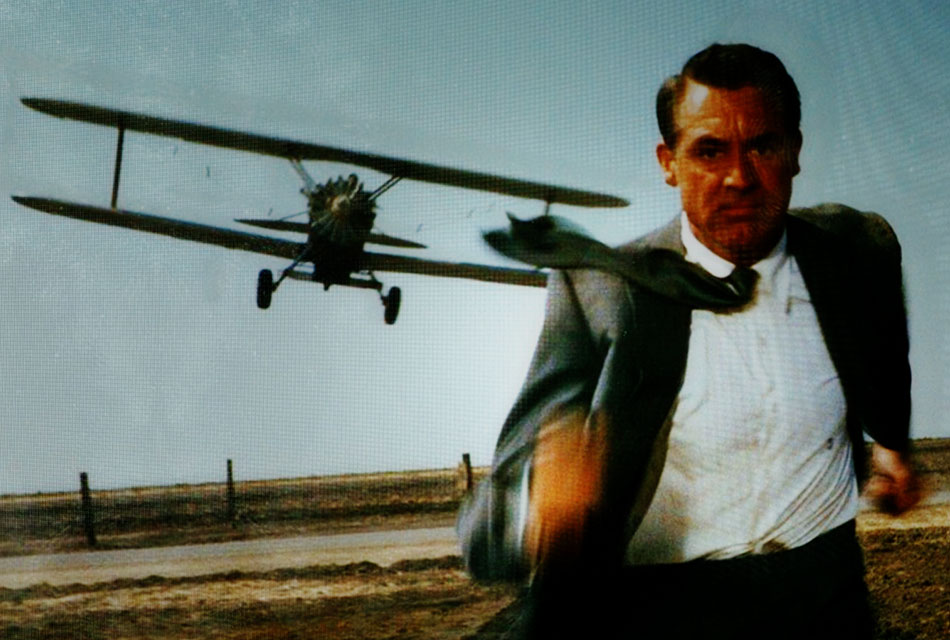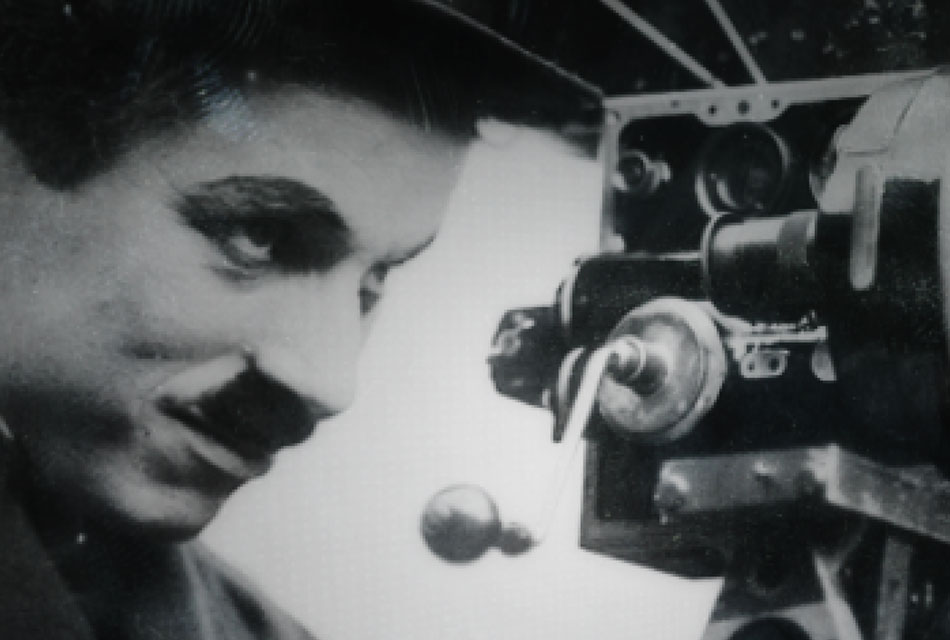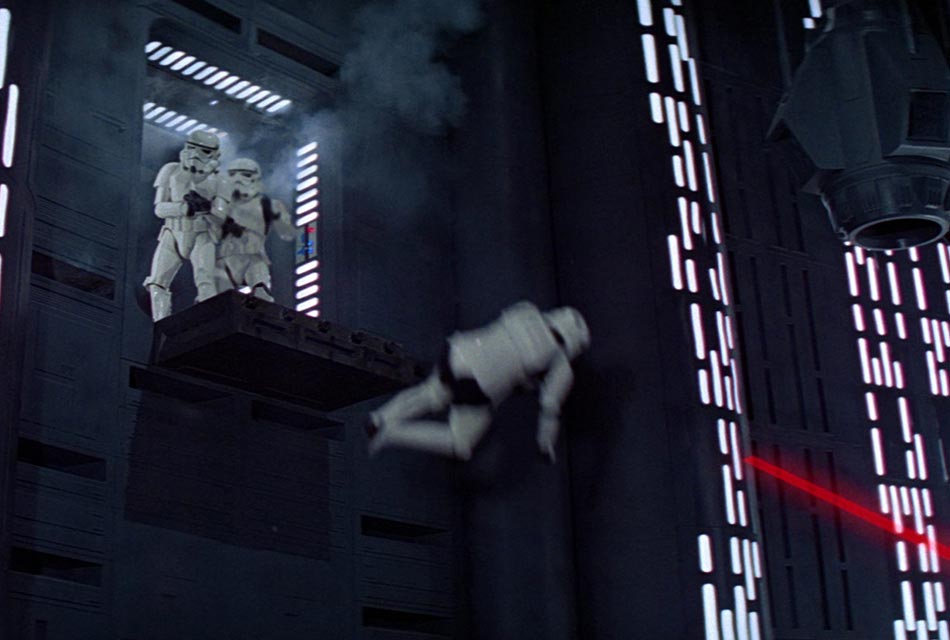Foley refers to the tricks and techniques used to add ambient sounds to films after filming. Named for Jack Donovan Foley, who developed many of the original methods used in this field for the 1929 film 'Show Boat', Foley artists used a wide array of unusual materials in unexpected ways. Bacon frying in a skillet becomes rain; the bottom of a metal trash can, pressed in and out rhythmically, becomes a heartbeat. The sound of dinosaur eggs cracking open in 'Jurassic Park' (1993) was nothing more than an ice cream cone being cracked apart in a Foley artist’s hands:
A brilliant example is an effect created by Ben Burtt, sound engineer for the original 'Star Wars' trilogy and still difficult to beat for inventiveness and impact. For the sound of the TIE fighters in the original films, Burtt combined the sound of an elephant’s scream with a car racing down wet pavement, resulting in a believable, but unfamiliar, sound for these spacecraft.

Jacob Rees-Mogg prepares his children's daily cold shower. A Foley artist creating the sound of rain.
Just as B-roll is distinct from stock footage, Foley sounds are not stock sound effects. They can be recorded and used as such, but Foley artists are usually called on to create unique sounds for different productions. This is particularly useful, and specialised, in the creation of walking sounds and in recording movement, for which many different types of shoes, steps, surfaces, and materials will be used.
For example, a judge in a courtroom scene might need special clothing sounds to simulate the effect of shuffling the sleeves of his robe, while different types of gravel result in remarkably differing footsteps. Foley himself was responsible for saving Stanley Kubrick’s 'Spartacus' (1960) when it was discovered that the sound of the marching Roman army was unusable; Foley simply grabbed his keys from his car, and shuffled them steadily in front of a microphone; it worked so well that it was admitted to have been better than the original field recording.







